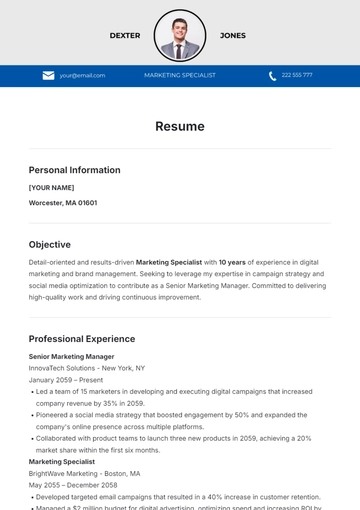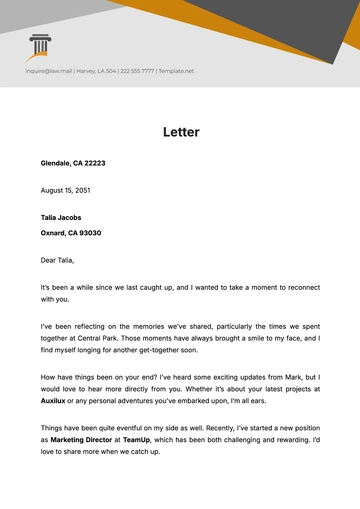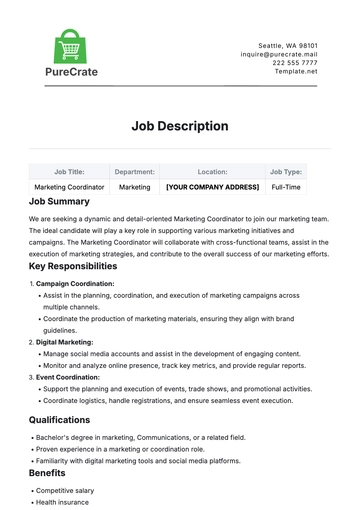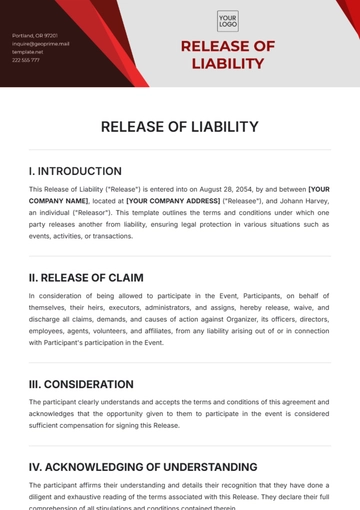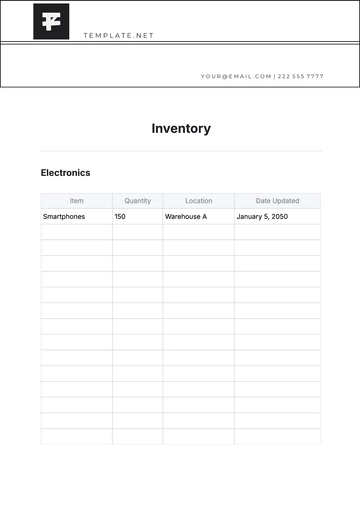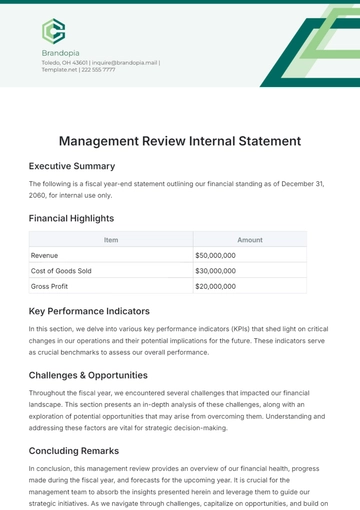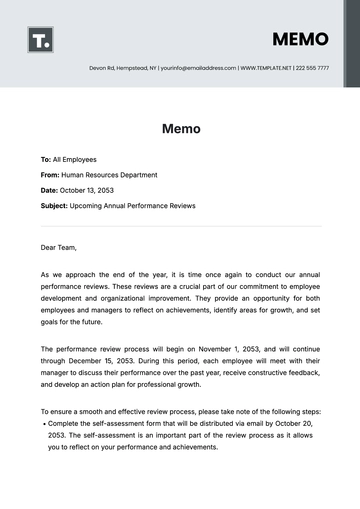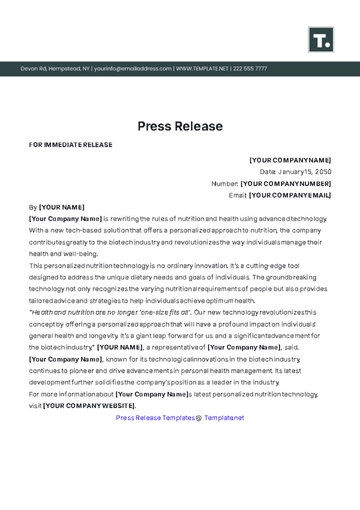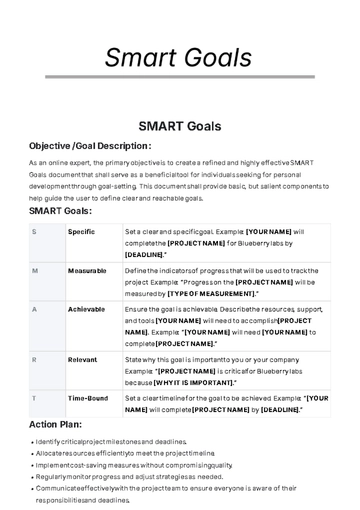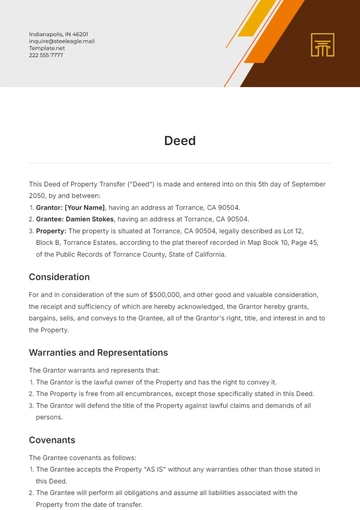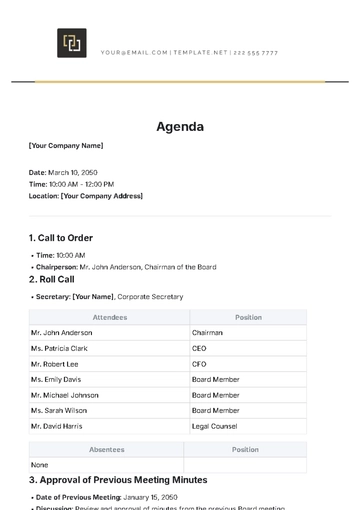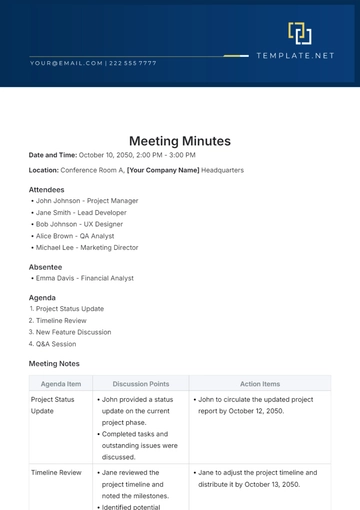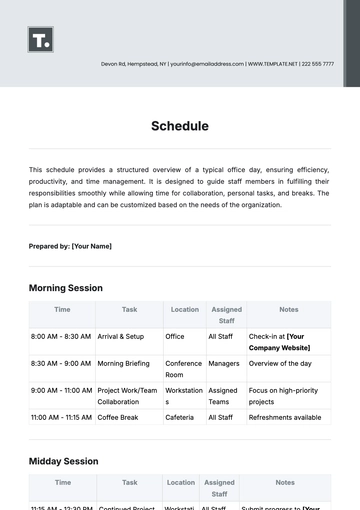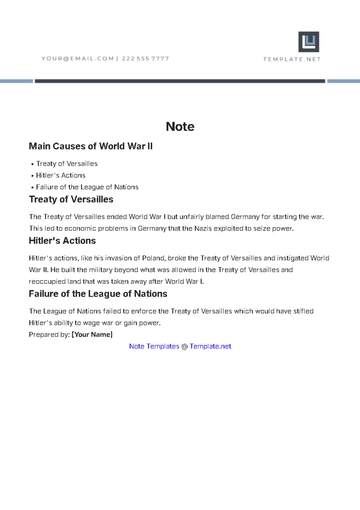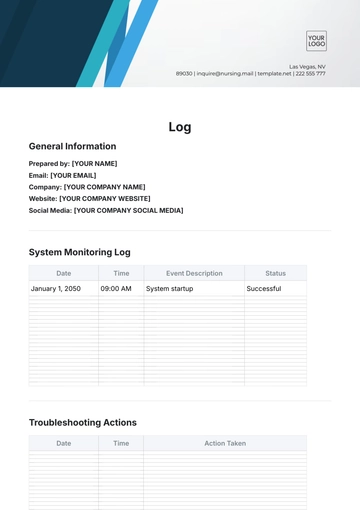Free Interior Design Marketing Guide
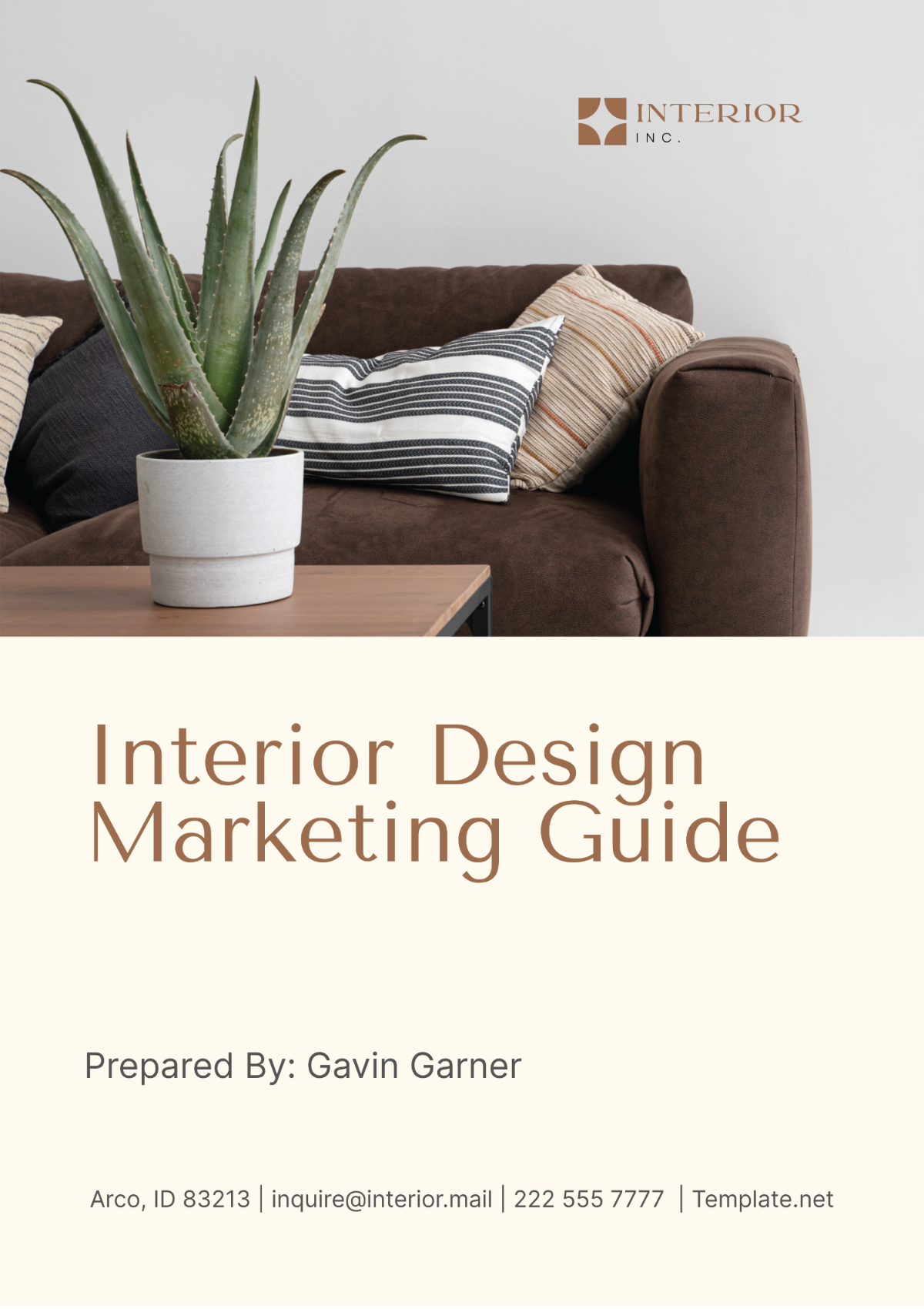
I. Introduction
Welcome to our comprehensive Marketing Guide, designed specifically for interior design professionals. The purpose of this guide is to equip our teams with a thorough understanding of effective marketing strategies tailored to the unique needs of the interior design industry. By leveraging these insights, we aim to enhance our market presence, attract and retain clients, and differentiate ourselves in a competitive landscape. This guide will serve as a foundational tool for refining our marketing efforts and driving the growth of our services.
II. Interior Design Market Overview
The interior design market has seen significant growth, with the global market value projected to exceed $XX billion by 202X, growing at a compound annual growth rate of X%. This expansion is driven by increased consumer spending on home improvement and a rising demand for personalized and sustainable living spaces. The commercial sector also shows robust growth, influenced by evolving workplace designs that prioritize flexibility and wellness. However, the market is highly competitive, with a growing number of firms competing on both design innovation and service excellence. Understanding these dynamics is crucial for tailoring our marketing strategies effectively.
III. Understanding Your Brand
Developing a strong brand identity is essential in distinguishing our services from competitors and building a lasting connection with our target audience. A clear brand identity resonates with potential clients and sets the foundation for all marketing activities.
Identify and articulate our mission statement that reflects our core purpose and values.
Establish a vision statement that depicts where we see ourselves in the future and what we aspire to achieve.
Determine the core values that guide our business practices and interactions with clients.
Analyze what makes our services unique in the market, such as bespoke designs, a focus on sustainability, or exceptional client service.
Clearly define our USP and ensure it is communicated consistently across all marketing channels.
Ensure that our brand identity is consistently presented across all platforms, including our website, social media, advertising, and all client interactions.
Create a style guide that includes logo usage, color schemes, fonts, and imagery guidelines to maintain visual and verbal consistency.
IV. Target Market
Identifying the ideal customer profiles involves a deep understanding of potential clients' demographics, preferences, and requirements. It is critical to analyze both market data and direct feedback from existing clients to refine these profiles. This focus allows us to tailor our marketing strategies to address specific needs and enhance client engagement. Key segments include residential homeowners looking for luxury designs and commercial entities needing functional and innovative spaces.
Target Audience | Common Needs |
|---|---|
Ages 30-60, affluent |
|
Business owners, office managers |
|
All age groups |
|
V. Digital Marketing
A. Website Development
Our website serves as the primary touchpoint for engaging potential clients and showcasing our expertise. It must be visually appealing, easy to navigate, and informative.
Ensure the design reflects our brand aesthetics, with a consistent use of colors, fonts, and imagery.
Develop a responsive design that offers a seamless experience on both desktop and mobile devices.
Include an intuitive navigation system that allows visitors to easily find information about our services, portfolio, and contact details.
Incorporate calls to action (CTAs) on every page to encourage user interaction, such as scheduling a consultation or requesting a quote.
B. SEO
Search Engine Optimization (SEO) is crucial for increasing the visibility of our website in search engine results, drawing more organic traffic, and generating leads.
Perform keyword research to identify terms that our target audience uses to find interior design services.
Optimize website content, including titles, headers, and meta descriptions, with relevant keywords to improve search rankings.
Ensure all website images are optimized with descriptive alt tags to enhance SEO and site speed.
Build quality backlinks from reputable sites in the design and lifestyle sectors to boost domain authority.
C. Content Marketing
Content marketing helps establish our brand as a thought leader in the interior design industry, attracting and engaging clients with valuable insights.
Develop a content calendar that outlines regular posts including blog articles, design tips, case studies, and client testimonials.
Create engaging and informative content that addresses common questions and showcases our expertise and recent projects.
Utilize various formats, such as videos, infographics, and e-books, to cater to different preferences and increase engagement.
Promote content through our email newsletters and social media platforms to reach a broader audience and drive traffic back to our website.
VI. Social Media Marketing
A. Platform Selection
Choosing the right social media platforms is essential to reach our target audience effectively. Each platform has a different demographic profile and is suited for different types of content, making it crucial to select platforms where our target audience is most active.
Platform | Target Audience | Activity Level |
|---|---|---|
Residential homeowners, young professionals | High Ideal for showcasing visual content like project images and design aesthetics | |
Commercial clients, industry professionals | High Perfect for sharing company news, articles, and networking | |
DIY enthusiasts, residential clients | Moderate Useful for inspiration boards and project ideas | |
Broad audience, including older homeowners | Moderate Good for community engagement and sharing detailed posts |
B. Content Strategy
A well-planned content strategy helps maintain a consistent and engaging presence on chosen social media platforms, driving brand awareness and customer engagement.
Day of Week | Platform | Content Type | Objective |
|---|---|---|---|
Monday | Project highlights | Showcase work | |
Wednesday | Industry news or article | Establish expertise | |
Friday | New design trends board | Inspire followers | |
Sunday | Customer testimonial | Build trust |
VII. Traditional Marketing
A. Print Advertising
Print advertising remains a valuable tool for reaching certain segments of our market, particularly in local communities or specialized markets.
Focus on high-quality, visually appealing ads in industry magazines and local newspapers.
Include clear calls to action, such as visiting our website or calling for a consultation.
Leverage seasonal promotions or new service offerings in our ad campaigns to attract new clients.
B. Networking
Networking is vital in building relationships that can lead to referrals and partnerships.
Regularly attend industry trade shows, seminars, and local business events to connect with potential clients and partners.
Join local and professional organizations to increase our visibility and credibility within the industry.
Host or sponsor local design events to showcase our expertise and engage directly with the community.
VIII. Public Relations
A. Media Outreach
Effective media outreach can enhance our brand visibility and establish our reputation as industry leaders.
Develop a press kit that includes information about our firm, recent projects, high-resolution images, and contact details for media inquiries.
Regularly send press releases to design magazines, local news outlets, and industry blogs, especially after completing significant projects or receiving awards.
Offer expert opinions and articles to media outlets to highlight our thought leadership.
B. Partnerships and Sponsorships
Partnerships and sponsorships can extend our reach and bolster our community presence.
Partner with eco-friendly brands and suppliers to reinforce our commitment to sustainability.
Sponsor local art and design events to demonstrate our investment in community and culture.
Collaborate with real estate firms and architects to offer integrated services, expanding our client base and service capabilities.
IX. Sales Tactics
A. Consultation Process
The consultation process is the first touchpoint in our sales pipeline and crucial for converting inquiries into projects. It serves to understand the client's needs, set expectations, and build trust.
Schedule an initial consultation either in-person or virtually to discuss the client's vision and requirements.
Conduct a site visit if applicable, to assess the space and gather detailed information.
Provide a preliminary design concept and an estimated budget to give the client a tangible sense of our approach.
Follow up within 48 hours with a detailed proposal that includes scope, timeline, and pricing.
B. Pricing Strategies
Effective pricing strategies are essential for ensuring profitability while remaining competitive within the market.
Develop tiered pricing models to accommodate different client budgets and project scopes.
Offer package deals that bundle services with a slight discount to encourage larger contracts.
Implement value-based pricing for high-end, bespoke projects to reflect the customization and expertise required.
Regularly review and adjust pricing based on industry standards, cost inputs, and client feedback.
C. Closing the Sale
Closing the sale requires clear communication, flexibility, and a focus on creating a compelling value proposition for the client.
Summarize the key benefits of our service and how it meets the client’s specific needs during the final meeting.
Address any objections or concerns with detailed responses and possible adjustments to the proposal.
Offer a variety of payment options and possibly a discount for upfront payment to encourage commitment.
Prepare and review contracts thoroughly, ensuring all terms are clear and mutually beneficial.
X. Customer Relationship Management
Maintaining strong relationships with clients is essential for repeat business and referrals, which are vital for our sustained success.
Implement a CRM system to track all customer interactions, preferences, and project details.
Send regular updates during projects to keep clients informed and involved.
Request feedback upon project completion to understand client satisfaction and areas for improvement.
Establish a client follow-up schedule post-project to maintain contact and promote additional services or maintenance.
XI. Monitoring and Measuring Success
Regular monitoring and evaluation are crucial to understand the effectiveness of our marketing strategies and to make necessary adjustments.
Metric | Target Value |
|---|---|
Client Acquisition Rate | Increase by 20% annually |
Client Retention Rate | Maintain at 85% or higher |
Project Profit Margins | Minimum 30% on all projects |
Customer Satisfaction Score | 90% positive feedback |
Review Process
Conduct quarterly reviews to assess progress against the set metrics.
Utilize data from the CRM to analyze customer behavior.
Hold strategy sessions with the marketing and sales teams.
Adjust marketing and sales tactics based on performance data and market changes to better meet our goals.
- 100% Customizable, free editor
- Access 1 Million+ Templates, photo’s & graphics
- Download or share as a template
- Click and replace photos, graphics, text, backgrounds
- Resize, crop, AI write & more
- Access advanced editor
Explore the Interior Design Marketing Guide Template on Template.net. Craft comprehensive marketing strategies effortlessly with this editable and customizable template. Tailor your guide to your unique brand and target audience seamlessly. Enjoy full flexibility to modify content and design elements, editable in our AI Editor tool. Elevate your marketing efforts and attract clients with this convenient and versatile template.
You may also like
Free
Free CV Template
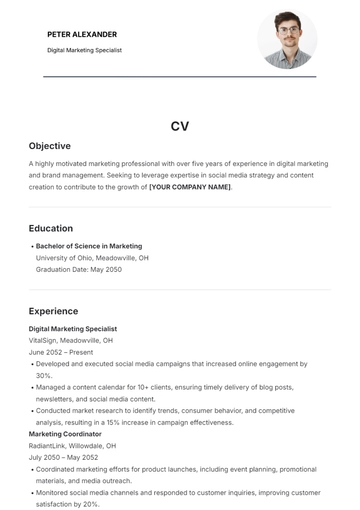
- Resume
- Cover Letter
- Report
- Budget
- Lesson Plan
- Itinerary
- Resignation Letter
- Letter
- Job Description
- To Do List
- CV
- Proposal
- Business Plan
- Checklist
- List
- Smart Goal
- Executive Summary
- Agenda
- Analysis
- Press Release
- Memo
- Note
- Action Plans
- Script
- Essay
- Brief
- Syllabus
- Tracker
- Contract
- Agreement
- Bill of Sale
- Case Study
- White Paper
- Statement
- Will
- Deed
- Notice
- Scope of Work
